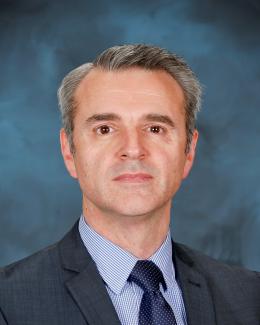Abstract
The impact of replacing Zircaloy with FeCrAl, a candidate enhanced accident-tolerant fuel cladding material, was evaluated for 10 × 10 boiling water reactor fuel bundles. Results from a series of full-core parametric studies estimated that replacing UO2/Zircaloy with UO2/FeCrAl would require an average enrichment increase of 0.6% 235U throughout the fuel lattice with the cladding and channel box thicknesses halved and fuel pellet diameter increased. Full-core results indicated that UO2/FeCrAl models with these geometric/enrichment specifications matched the base UO2/Zircaloy cycle length of 527 effective full power days. Optimization studies of the full-core design established loading and control blade patterns for both Zircaloy and FeCrAl models. A side study was conducted modeling a hybrid fuel bundle consisting of FeCrAl cladding and a SiC/Ni/Cr channel box. By halving the cladding thickness, the enrichment level required was less than that of the Zircaloy base case design after performing loading pattern optimization of the hybrid bundle core. Lastly, the thermomechanical performance of a Zircaloy-cladded fuel rod was compared to that of a FeCrAl system. Results from this analysis show that, if starting from the same fuel-cladding gap thickness, a FeCrAl-clad fuel rod operates with a greater average fuel centerline temperature, comparable axial elongation and radial displacement, and longer time to gap closure compared to a Zircaloy-clad fuel rod. This fuel performance analysis was primarily based on the commercial Kanthal APMT FeCrAl alloy but also used available data for the C35M FeCrAl alloy developed at Oak Ridge National Laboratory.


